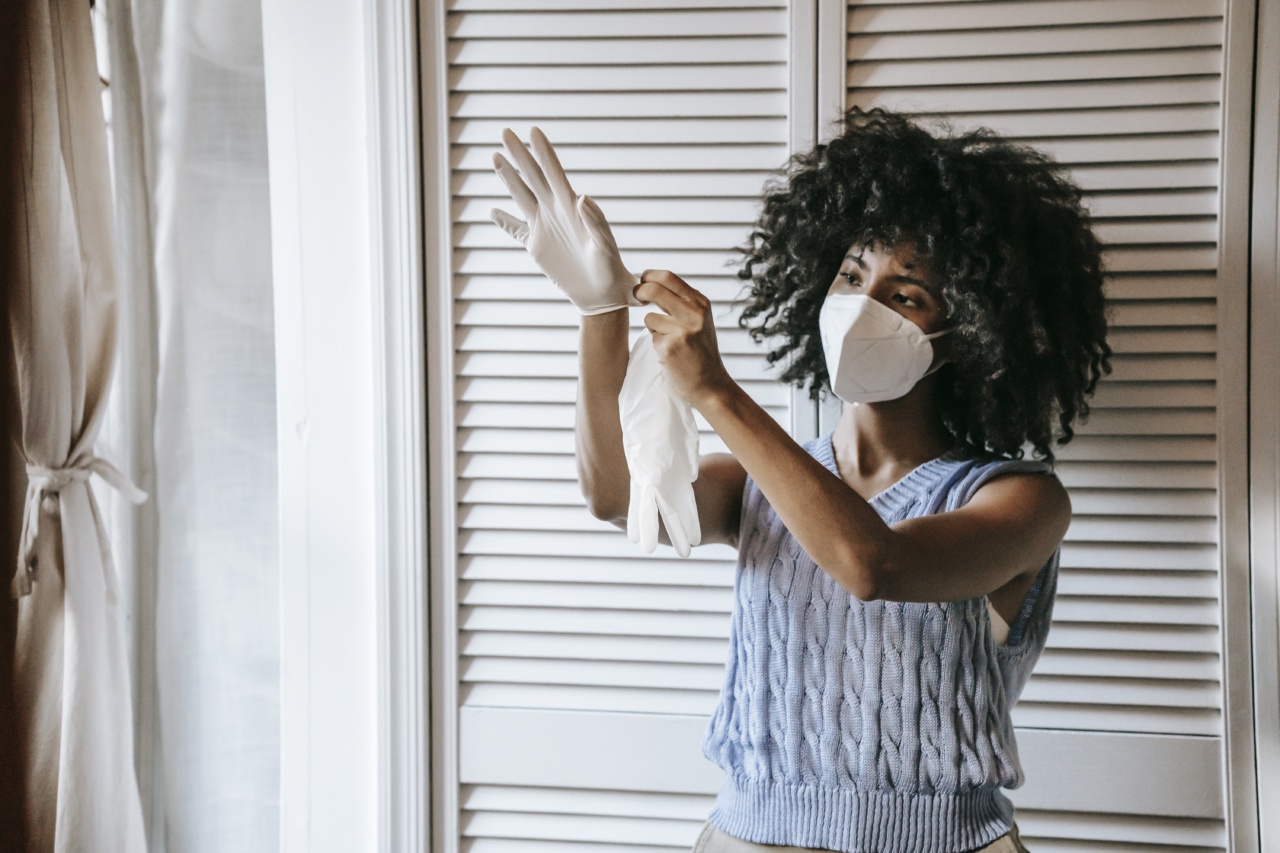Pubic hair removal has become increasingly popular in recent years, with many women and men opting for a hair-free genital area.
While there are various methods available for achieving this, such as shaving, waxing, or laser hair removal, it is important to be aware of the potential risks associated with these procedures. Although pubic hair removal is generally considered safe, it is crucial to understand the possible complications that may arise and take necessary precautions to minimize any harm.
1. Skin Irritation
One of the most common risks of pubic hair removal is skin irritation. Shaving or waxing the pubic area can cause redness, itching, and even ingrown hairs. These symptoms can be uncomfortable and may lead to infection if not properly cared for.
It is essential to cleanse the area before and after hair removal and to use gentle products that do not contain harsh chemicals or fragrances.
2. Ingrown Hairs
Ingrown hairs occur when the hair grows back into the skin instead of outward. This can cause pain, red bumps, and possible infection.
Pubic hair removal methods, such as shaving or waxing, can increase the likelihood of ingrown hairs due to the hair being cut at an angle. Regular exfoliation and following proper shaving or waxing techniques can help reduce the risk of ingrown hairs.
3. Infections
If proper hygiene is not maintained during pubic hair removal, there is a risk of developing infections. Bacteria can enter the skin through cuts, nicks, or open hair follicles, leading to infections such as folliculitis or cellulitis.
It is important to keep the area clean, avoid touching the freshly shaved or waxed area with dirty hands, and use clean, sharp razors or waxing equipment.
4. Skin Damage
Aggressive or incorrect hair removal techniques can cause skin damage, including cuts, burns, or abrasions. Shaving too closely or using wax that is too hot can result in pain, scarring, or hyperpigmentation.
It is crucial to follow proper techniques and use appropriate tools or products to minimize the risk of skin damage.
5. Allergic Reactions
Some individuals may experience allergic reactions to certain hair removal products or materials. The skin in the pubic area is sensitive, and it is important to perform a patch test before applying any new products.
Allergic reactions can range from mild irritation to severe rashes or blisters. If you have a known allergy or sensitivity, it is advisable to consult a dermatologist before trying any hair removal methods.
6. Burns from Laser Hair Removal
Laser hair removal is a popular method for long-term hair reduction. However, there is a risk of burns if not performed by a qualified professional.
The laser used in the procedure emits heat that targets the hair follicles, and if the settings are incorrect or the procedure is not adequately performed, burns can occur. It is vital to choose a reputable clinic with experienced professionals to minimize the risk of burns.
7. Discomfort or Pain
Pubic hair removal can be a painful process, especially for individuals with sensitive skin. Waxing, in particular, can cause discomfort during the procedure and for a few days afterward.
Applying a numbing cream before waxing or opting for alternative hair removal methods, such as shaving or using depilatory creams, can help reduce discomfort or pain.
8. Psychological Impact
The pressure to conform to societal norms and expectations of hairlessness in the genital area can have a psychological impact on individuals. Body image issues, low self-esteem, and feelings of inadequacy can arise as a result.
It is important to remember that personal choices regarding grooming and hair removal should be based on individual preferences, rather than external pressures.
9. Increased Risk of Sexually Transmitted Infections (STIs)
Some studies have suggested a potential link between pubic hair removal and an increased risk of acquiring sexually transmitted infections (STIs).
The removal of pubic hair may lead to microscopic abrasions or cuts in the skin, providing easier entry points for pathogens. While the evidence is not definitive, it is advisable to take proper precautions, such as using barrier methods during sexual activity, regardless of pubic hair removal practices.
10. Time and Cost
Lastly, it is important to consider the time and cost involved in maintaining a hair-free pubic area. Certain methods, such as laser hair removal or professional waxing, can be expensive and require multiple sessions.
Shaving, on the other hand, needs frequent upkeep. It is essential to weigh the benefits against the potential risks and the commitment required to determine which method suits individual needs and lifestyle.































